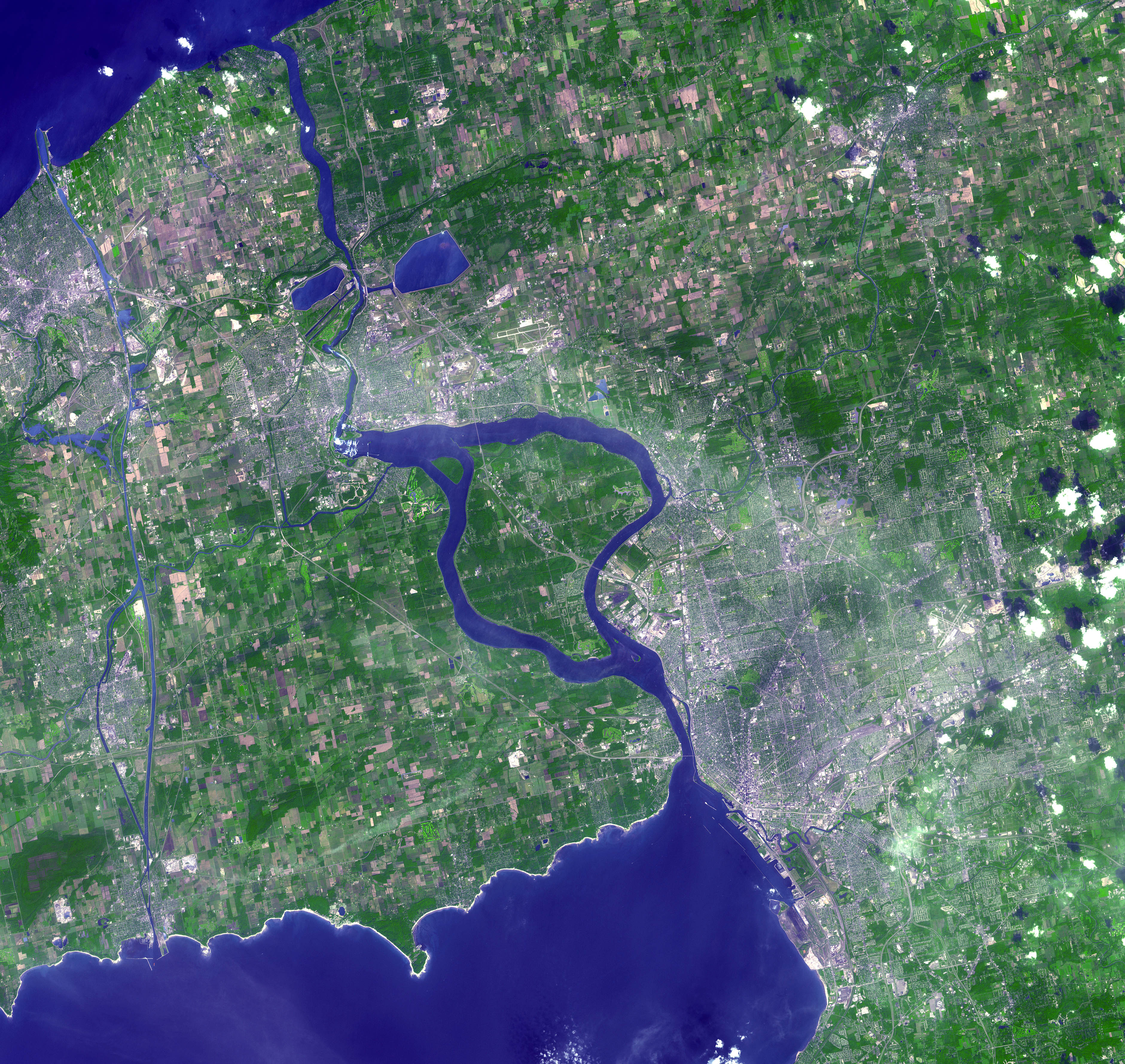The Regional Municipality of Niagara’s Public Works Committee has decided to introduce further checks and balances to its water and wastewater systems by having audit reports go to council before water and wastewater management make any adjustments to the findings.
As part of Ontario’s Drinking Water Quality Management Standard (DWQMS), service providers are required to participate in a yearly audit of their systems. Internal audits and impartial, third-party audits are presented to senior management who conduct root cause analysis of any problems found in the audit. for review and recommendations before findings are presented to governing bodies. These standards were developed in compliance with the Safe Drinking Water Act, 2002, in the wake of the e. coli outbreak in Walkteron, ON.
During discussion of the operators’ findings, Councillor and Mayor of St. Catherines Walter Sendzik questioned the presenter, Rachel Whyte, water and wastewater quality management specialist for Niagara Region, on the audit review process.
Sendzik found the process described by Whyte lacking transparency. Sendzik was clear that he found no fault in water and wasterwater senior staff, but wanted to ensure council’s role in ensuring safety across regional assets. As such, the standing committee on Public Works for Niagara Region passed a motion brought forward by Sendzik to have unaltered audits, with senior management recommendations embedded inline, brought to committee for review.
In 2016 the region’s water and wastewater operators assessed 175 risks. Their findings returned three high-scoring risks. Two of these were mitigated within the calendar year. The remaining high-risk score is related to aging infrastructure that requires repairs scheduled for completion in 2017. 2016’s audits found that critical control points— coagulant feed, filter effluent turbidity, disinfectant feed, primary disinfection, secondary disinfection—remained unchanged.
Niagara Region’s water and wastewater system gained DWQMS accreditation in 2009. Their six facilities operate under five licences, two of their facilities share one licence due to several connecting pipes. Retention of the licences are subject to the yearly audits and reports passing DWQMS standards.









